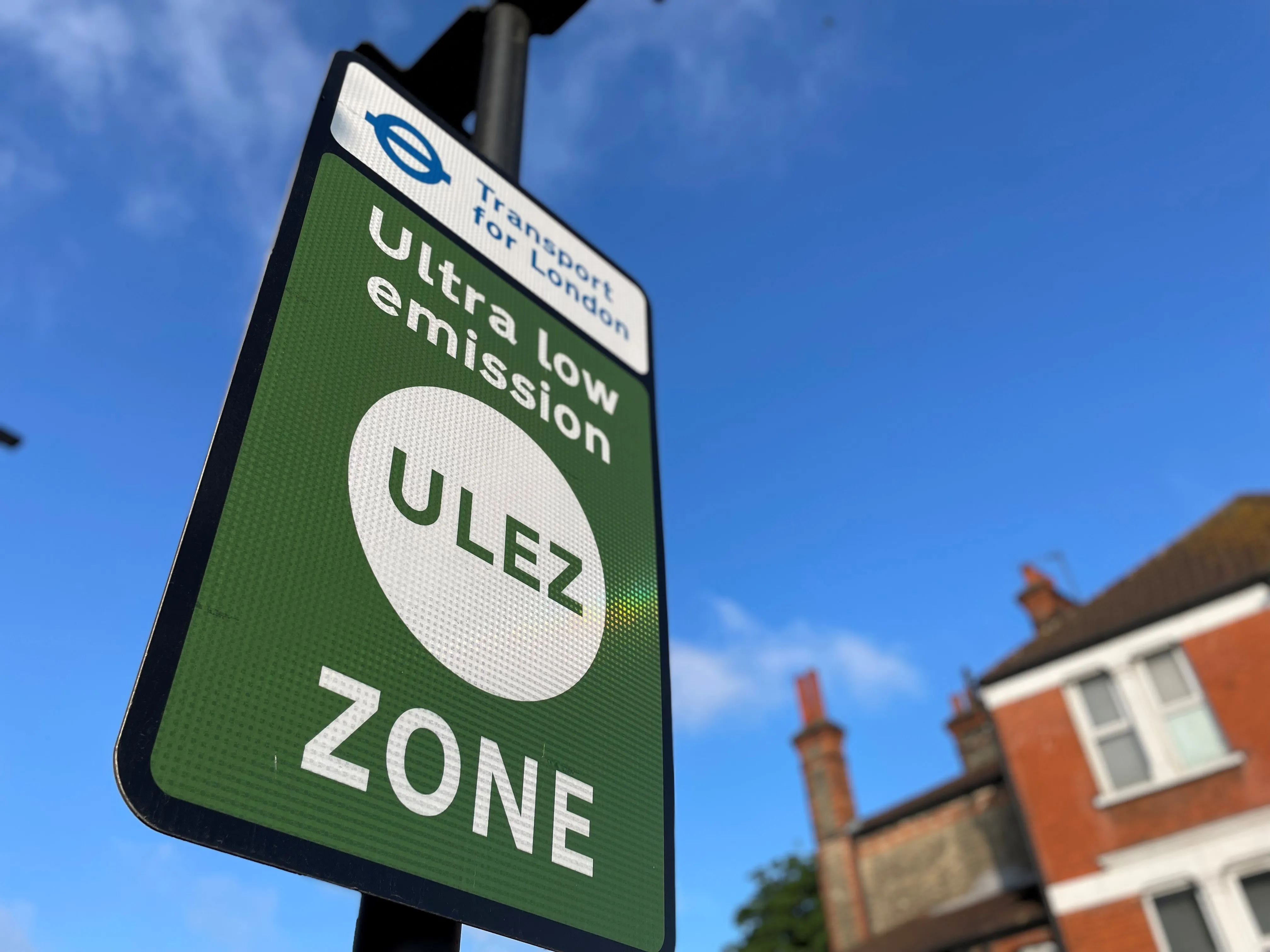UK-based Ricardo Energy & Environment, working with technology partner OPUS Inspection, has launched a vehicle emissions monitoring service for the measurement of emissions from vehicles on UK roads.
Installed at locations of interest, the system records driving emissions in a completely non-intrusive manner from each passing vehicle, including nitric oxide, nitrogen dioxide, particulate matter, hydrocarbons, carbon monoxide and ammonia. The system can also be linked to automatic number plate recogniti
March 20, 2017
Read time: 1 min
UK-based 5606 Ricardo Energy & Environment, working with technology partner OPUS Inspection, has launched a vehicle emissions monitoring service for the measurement of emissions from vehicles on UK roads.
Installed at locations of interest, the system records driving emissions in a completely non-intrusive manner from each passing vehicle, including nitric oxide, nitrogen dioxide, particulate matter, hydrocarbons, carbon monoxide and ammonia. The system can also be linked to automatic number plate recognition cameras for individual vehicle identification.
The data can be used to identify the most polluting vehicle types and their respective contributions to emissions, improving the accuracy of modelling and simulation efforts underpinning the design of Clean Air Zones, replacing assumptions with evidence-based driving emissions information, says Ricardo. In addition, once such zones have been implemented, the system can be used to support enforcement management through the identification of non-compliant vehicles.
Installed at locations of interest, the system records driving emissions in a completely non-intrusive manner from each passing vehicle, including nitric oxide, nitrogen dioxide, particulate matter, hydrocarbons, carbon monoxide and ammonia. The system can also be linked to automatic number plate recognition cameras for individual vehicle identification.
The data can be used to identify the most polluting vehicle types and their respective contributions to emissions, improving the accuracy of modelling and simulation efforts underpinning the design of Clean Air Zones, replacing assumptions with evidence-based driving emissions information, says Ricardo. In addition, once such zones have been implemented, the system can be used to support enforcement management through the identification of non-compliant vehicles.










